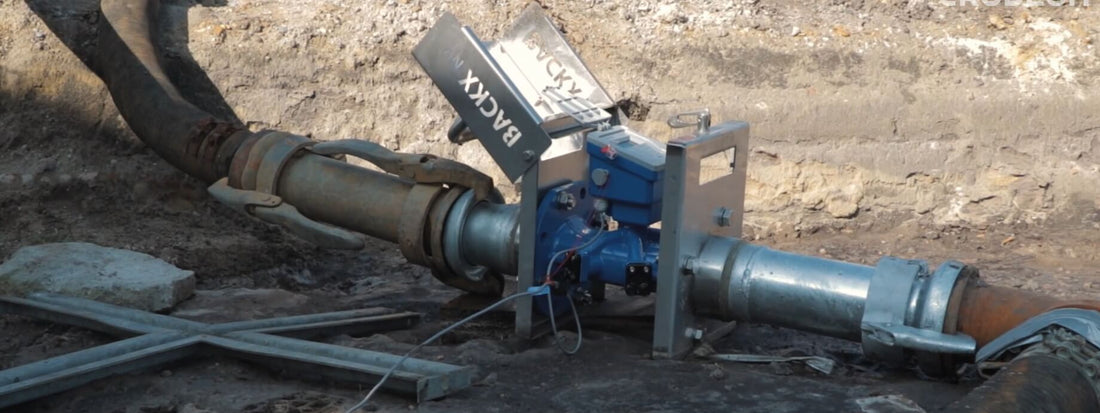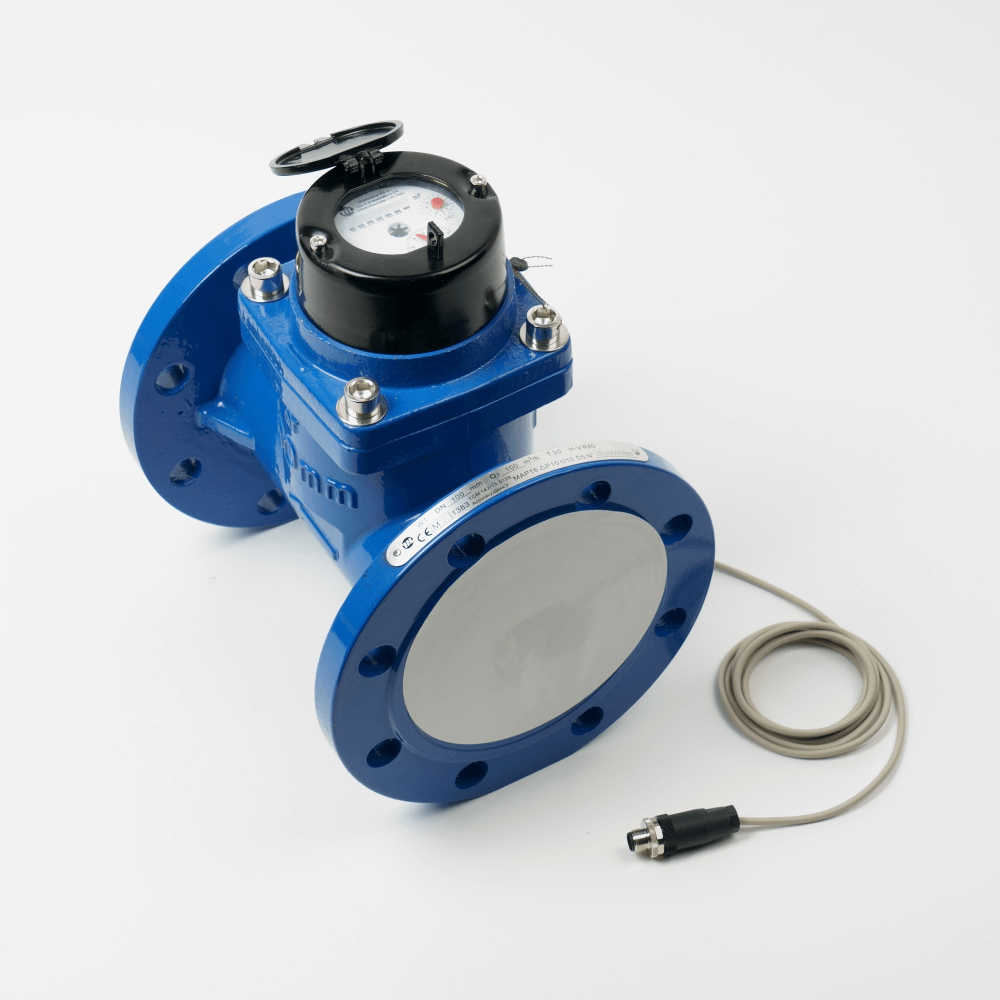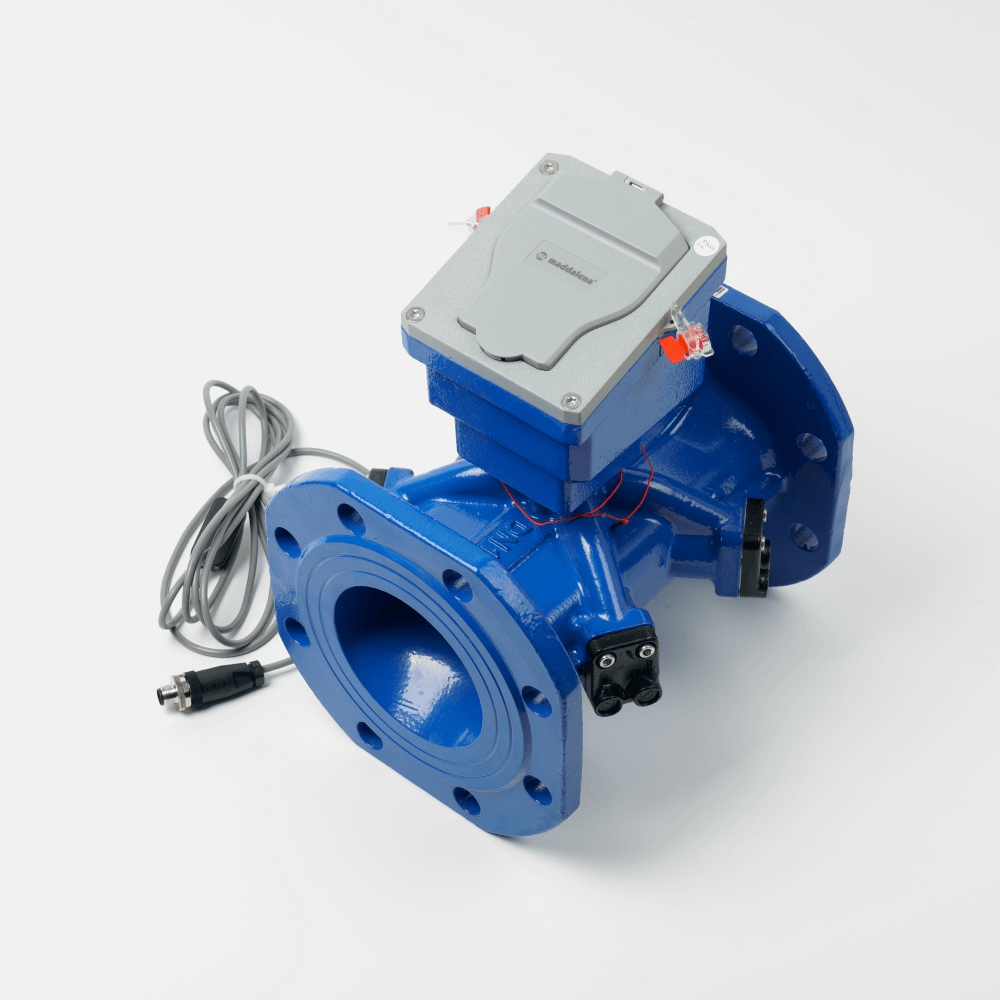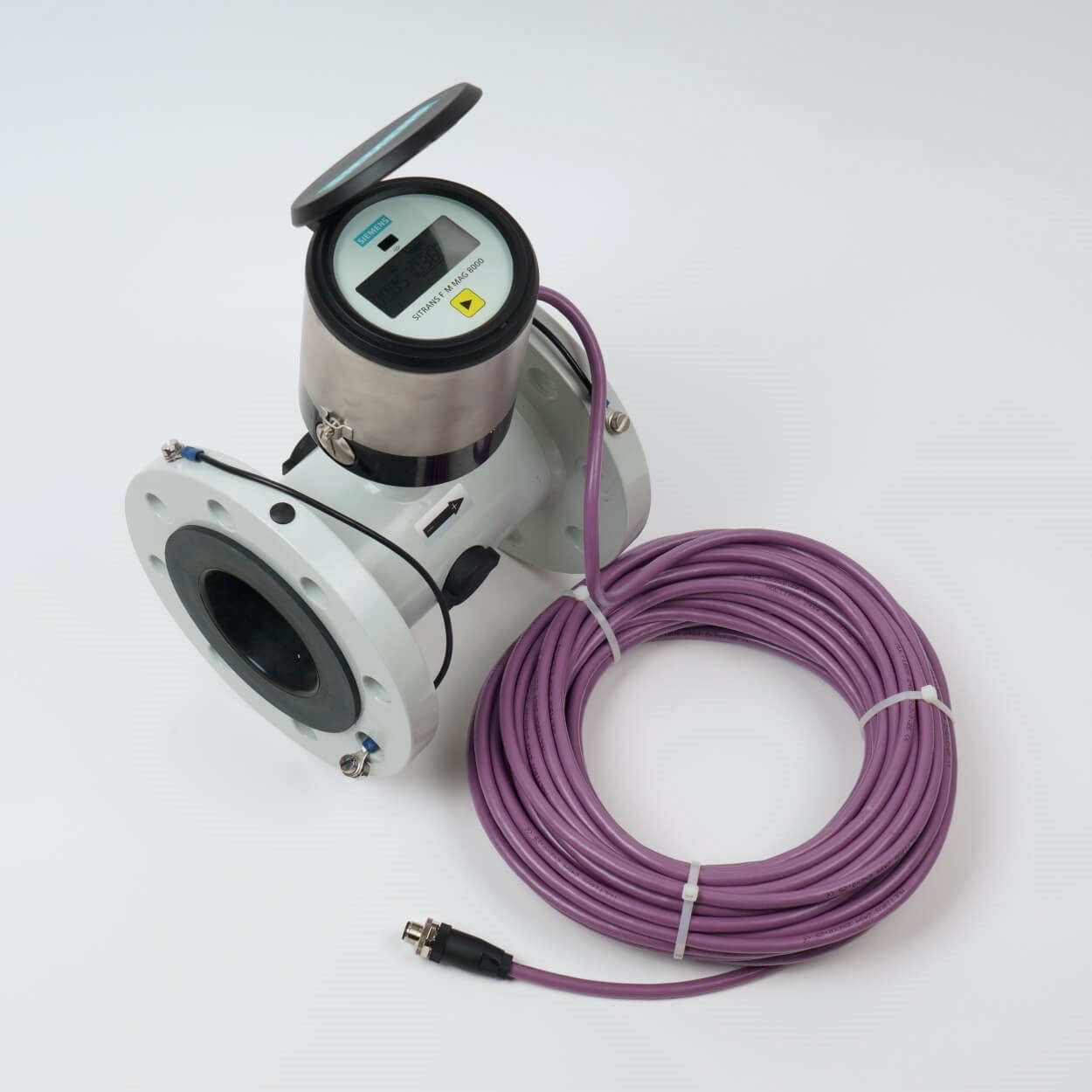Choisissez le bon débitmètre pour votre prochain projet hydraulique

Les débitmètres sont utilisés pour mesurer le débit dans les canalisations. Ils peuvent mesurer la quantité d’eau liquide, de gaz, de pétrole, etc. circulant dans un tuyau à un moment donné. La composition et les propriétés du liquide déterminent le fonctionnement d'un débitmètre sélectionné.
Dans ce guide de sélection des débitmètres, nous passerons en revue certaines techniques couramment utilisées et expliquerons les avantages et les inconvénients de ces options. Nous indiquons également pour quelles applications ces types de débitmètres peuvent être utilisés et montrons quelques exemples de modèles courants.
Comment sélectionner un débitmètre
Le type de débitmètre que vous achèterez dépend de la manière dont vous souhaitez mesurer le débit du liquide et du type d’installation dont vous disposez. Certaines dispositions techniques ou légales peuvent également s'appliquer.
En général, il est important de prêter attention à la configuration, aux exigences d’adéquation du débitmètre à l’application et à la précision.
- Configuration : Chaque débitmètre a des exigences spécifiques pour que la configuration soit correcte. La précision est déterminée par la façon dont un liquide s'écoule à travers le compteur.
- Exigences d'aptitude : Un débitmètre fonctionnant parfaitement sur de l'eau ultra pure peut être inadapté à de l'eau plus polluée, et vice versa : certains principes de mesure sont totalement inadaptés à l'eau ultra pure. Ce facteur déterminera également dans une large mesure le coût de maintenance.
- Précision : Chaque débitmètre est utilisable dans un intervalle, représenté par les valeurs R. Le débitmètre ne peut être utilisé que dans les limites du débit minimum (Q1) et du débit maximum (Q3). Le rapport (R) indique la précision du débitmètre.
- Connexion en ligne : De nos jours, il est vraiment recommandé d'accéder à distance aux relevés de votre débitmètre à l'aide d'une application ou d'un tableau de bord en ligne. Tous les systèmes abordés dans cet article sont compatibles avec Reporter, notre système d'enregistrement des données en ligne en temps réel avec moteur d'alarme intégré.
Comparaison des débitmètres
Les débitmètres les plus courants sont les débitmètres mécaniques, les débitmètres à ultrasons et les débitmètres électromagnétiques. Chaque type a ses propres avantages et inconvénients.
Débitmètres mécaniques
Dans les débitmètres mécaniques, le système est contrôlé par le mouvement d'un rotor situé dans l'eau. Ce type de débitmètre est très courant et existe dans une multitude de dimensions.
Les avantages : Le principal avantage des débitmètres mécaniques est leur prix abordable, car il est généralement bien inférieur à celui des autres types évoqués ci-dessous.
Les inconvénients : Un débitmètre mécanique est sensible à la contamination et à l'usure. La roue mécanique d'un nouveau débitmètre tourne de manière fluide, mais avec le temps, l'accumulation de saleté sur les pièces mobiles ralentira la rotation de la roue, ce qui impactera la précision du système.
Si l’eau est fortement polluée, notamment si elle contient de grosses particules comme des cailloux ou d’autres objets, le débitmètre mécanique peut rapidement s’encrasser, voire se casser. De ce fait, ces débitmètres ne sont économiques qu’avec de l’eau suffisamment pure et dans des conditions stables.
Les types : Il existe deux types de débitmètres mécaniques : les débitmètres humides et les débitmètres secs. Les débitmètres humides ont un cadran rempli d'eau et les débitmètres secs ont un cadran sec. Le cadran sec utilise un mécanisme magnétique pour transférer les comptes dans le débitmètre, sans que ce mécanisme n'entre directement en contact avec l'eau. Nous recommandons particulièrement d'utiliser des compteurs secs avec des eaux fortement ferreuses pour éviter que le compteur ne devienne illisible au bout de quelques mois d'utilisation.
Précision : les débitmètres mécaniques à cadran sec ont tendance à être légèrement moins précis que les débitmètres à cadran humide. À long terme, cela est dû notamment à la démagnétisation des débitmètres à cadran sec. L'utilisation d'eau calcaire ou ferreuse compromettra la précision et augmentera les coûts de maintenance.

Débitmètres à ultrasons
Les débitmètres à ultrasons utilisent des ondes ultrasonores pour calculer le débit dans un tuyau et mesurer différents liquides, comme l'eau, le gaz naturel, le pétrole minéral, les produits chimiques et les liquides sales.
Les avantages : Un débitmètre à ultrasons ne comporte aucune pièce mobile et nécessite donc peu d'entretien. Ces débitmètres sont également rentables, principalement parce qu’ils sont faciles à installer et à utiliser. De plus, les mesures ne sont pas affectées par des fluctuations extrêmes de température ou des changements de viscosité, de densité ou de pression. Ces débitmètres ne gênent pas l'écoulement, ils peuvent donc être utilisés sur des liquides hygiéniques, corrosifs et abrasifs.
Les inconvénients : Il faut toutefois prendre en compte une condition importante, à savoir la disposition des capteurs dans le débitmètre : ils sont en effet sensibles à la contamination et il peut être nécessaire de les nettoyer périodiquement.
Précision : la mesure par ultrasons est un principe de mesure précis et non invasif. Un débitmètre à ultrasons fournit une mesure précise du débit pour une grande variété d'applications, y compris le contrôle des processus, la gestion de l'eau et les projets souterrains, ainsi que dans les secteurs de l'énergie, de la chimie, de l'agro-alimentaire, de la pharmacie, des métaux et des mines, des pâtes et papiers et du pétrole et du gaz.
Débitmètres électromagnétiques
Ce type de débitmètre fonctionne en mesurant les changements magnétiques dans un tuyau. Il utilise la loi de Faraday et crée un champ magnétique en faisant passer un courant électrique à travers une bobine autour du tube d'écoulement.
Les avantages : Comme les débitmètres à ultrasons, un capteur électromagnétique ne gêne pas le débit. Les capteurs sont situés dans le boîtier de l'appareil : le tuyau intérieur est donc facile à entretenir et les risques de contamination des capteurs sont bien moindres. La précision des mesures n'est pas affectée par la viscosité, la température et la pression, et le capteur réagit bien aux changements rapides de débit.
Les inconvénients : Un inconvénient est qu’il faut connaître (approximativement) la conductivité électrique du liquide. L’eau de pluie, par exemple, a une conductivité inférieure à celle de l’eau potable. Si la conductivité est trop faible, la mesure peut être erronée ou ne pas être effectuée du tout.
Le prix des débitmètres électromagnétiques constitue également un inconvénient. Ces types de débitmètres sont généralement un peu plus chers que les versions mécaniques ou à ultrasons.
Précision : Quel est le type de débitmètre le plus précis ? C'est de loin le débitmètre électromagnétique.
La mesure d'un débitmètre électromagnétique est plus précise que celle de tout autre type de débitmètre car il mesure la vitesse et le volume. Il est très adapté à la mesure de liquides conducteurs tels que l'eau, les acides ou les liquides corrosifs.
Quel débitmètre choisirez-vous ?
Comme vous avez pu le lire dans ce guide, la manière de sélectionner un débitmètre dépend de l'objectif de votre projet de mesure et du type de liquide que vous souhaitez mesurer.
Nous pouvons également affirmer que les débitmètres les moins chers ne sont pas nécessairement les meilleurs achats. La fiabilité, les coûts de maintenance et le soin avec lequel le système est installé déterminent le coût réel.
Chez Crodeon, nous proposons de nombreux types différents de débitmètres pour toutes sortes d'applications. Nous incluons toujours un Reporter afin que vous puissiez suivre le débit horaire et le débit total à l'aide d'un tableau de bord en ligne.
Apprenez-en davantage sur les solutions d'eau connectées ou contactez-nous, nous sommes là pour vous aider !












